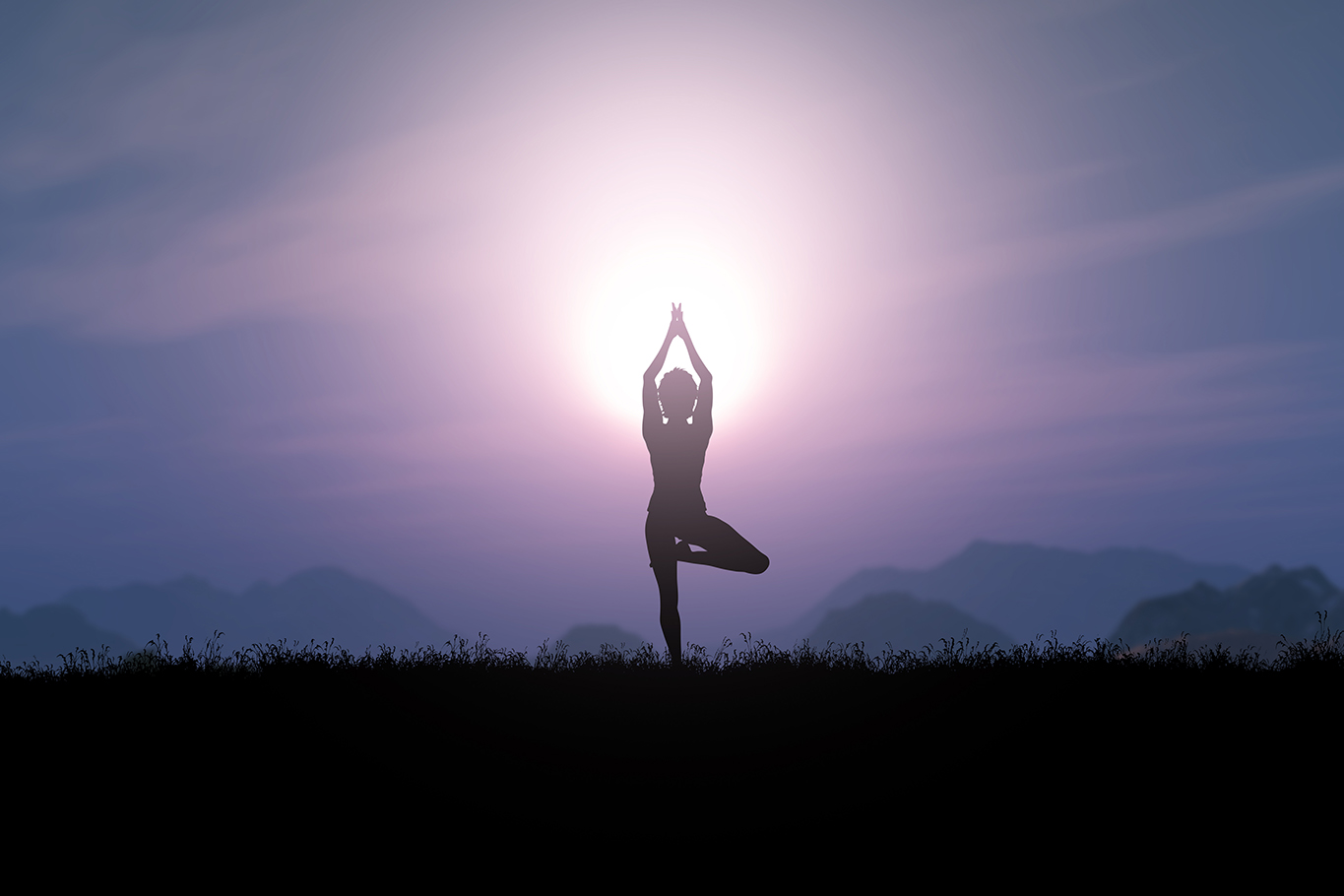
Embracing fitness as a lifestyle goes beyond a mere set of exercises aimed at shedding pounds. The key to truly relishing your physical activity lies in selecting an activity that genuinely brings you joy. This choice is also influenced by the goals you’ve set for yourself. Individuals pursuing muscle growth or specific physical aesthetics often rely on gym trainers to guide them. Conversely, some seek stress reduction, weight loss, enhanced flexibility, and disease prevention. For those desiring a holistic well-being approach, yoga emerges as the ideal choice, incorporating various aspects of physical and mental health through postures, breathing techniques, and meditation.
Himalayan Siddhaa Akshar, a Yoga Guru and the Founder of Akshar Yoga Kendraa, shared insights in an interview with HT Digital, comparing the merits of Yoga and traditional exercise.
Yoga Encompasses Holistic Health, While Exercise Targets Functionality
Yoga is a comprehensive regimen, tending to physical, mental, emotional, and spiritual well-being. Engaging in yoga reveals that it entails more than physical poses. Asanas offer multifaceted benefits, enhancing flexibility, strength, and mindfulness in breathing. On the other hand, traditional exercise primarily addresses physical appearance, focusing on muscle building and functional fitness. Yoga’s diversity spans both internal and external aspects of the body.
Yoga Requires Minimal Equipment, Whereas Exercise Demands Specialized Gear
Yoga can be seamlessly practiced without any equipment, simply requiring a yoga mat. The portability of this mat allows flexibility in your workout schedule. In contrast, certain exercises necessitate specialized facilities and equipment to target specific fitness goals like strength and flexibility.
Yoga Empowers Mind and Emotions
Yoga serves as a specialized spiritual practice that not only nurtures physical health but also regulates the mind and emotions. Beyond physical postures, yoga imparts breathing techniques to manage thoughts and emotions effectively. It grants mastery over senses and emotions.
Yoga Alleviates Anxiety and Depression
Yoga boasts a rich heritage comprising a multitude of postures, pranayama techniques, and meditation practices, dating back over 5,000 years. In contrast, conventional exercise might not sufficiently address mental challenges such as anxiety and depression. For optimal mental well-being, yoga is recommended. A serene mind fosters better alignment with breath, reduces the risk of hazardous exercise practices, and minimizes the chances of injury.
Akshar emphasizes the holistic nature of yoga, asserting that it nurtures holistic wellness, spanning physical, mental, emotional, and spiritual realms. Engaging in yoga entails more than just physical postures. Asanas provide a multitude of advantages, including improvements in strength, flexibility, and breath management. Conversely, traditional exercise prioritizes functional fitness and muscle development, primarily centered on one’s outward physical appearance.
He goes on to explain, “Each has distinct advantages and a variety of choices. Your selection should align with your goals. Exercise is equipped with advanced technology for muscle training and bodybuilding, while yoga encompasses postures, breathing exercises, and mudras, requiring minimal equipment. Your decision depends on your objectives.”










